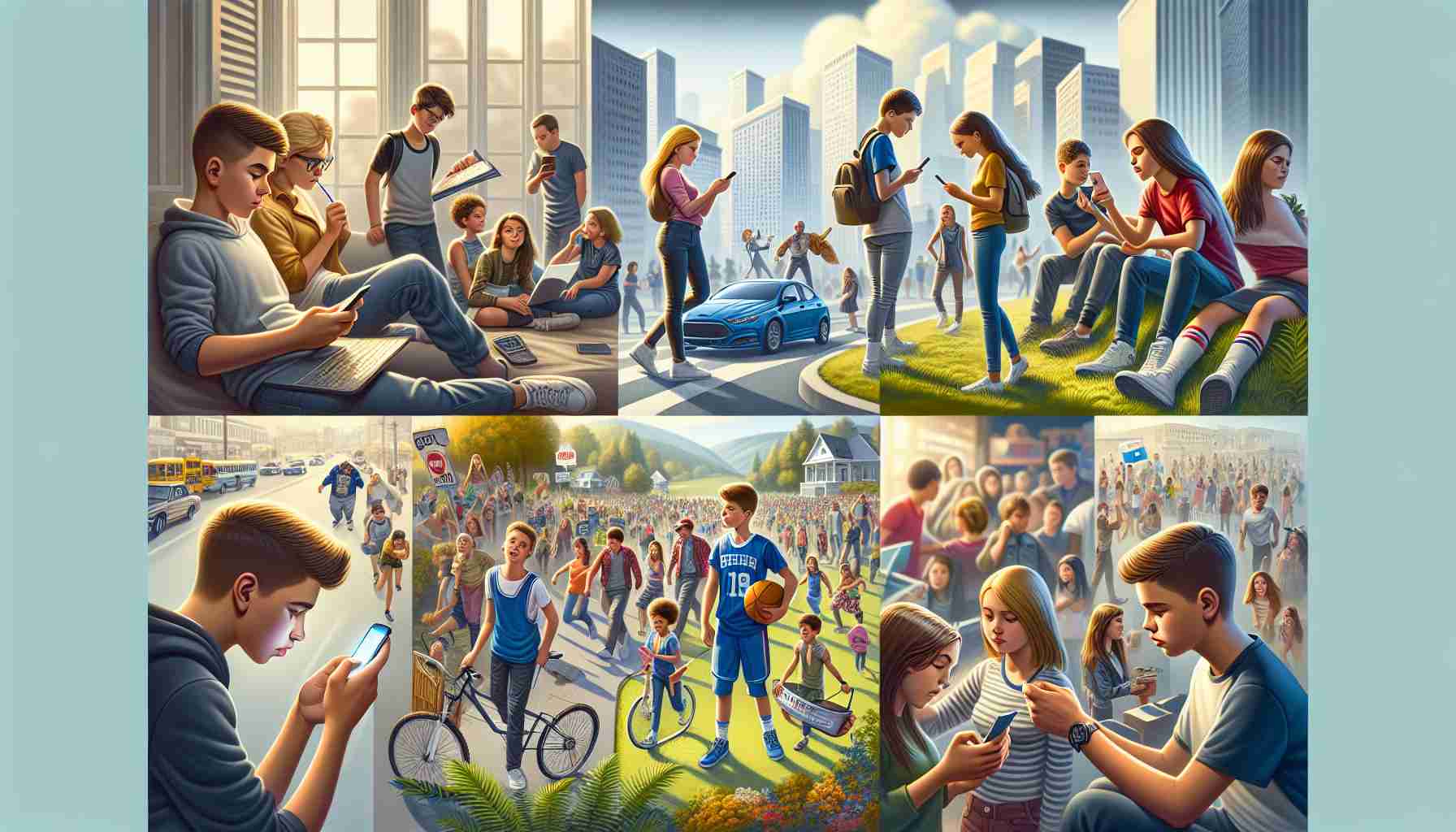
In today’s society, teenagers are navigating a complex world filled with challenges and limitations. Overwhelmingly monitored and restricted, they find themselves seeking solace in alternative spaces that offer freedom and autonomy. With the decline of outdoor recreational areas and youth-centric venues, young people are turning to online video game worlds as a sanctuary from the constraints of adult supervision.
The disappearance of youth work opportunities and the closure of music venues and nightclubs have left teens with limited options for socializing and self-expression. Public spaces once accessible to all are now privatized and surveilled, leaving teenagers with few places to gather without arousing suspicion. Online gaming platforms provide a refuge where teens can connect with friends, explore virtual worlds, and assert their independence away from the prying eyes of authority figures.
The current generation of teenagers faces an uncertain future marked by economic instability and societal pressures. Criticized for their supposed laziness and complacency, young people are burdened with the weight of disillusionment and despair. With limited job prospects and unaffordable housing, it’s no wonder that they seek refuge in digital realms where they can escape the harsh realities of the world around them.
Amidst a backdrop of political inaction on climate change and societal challenges, teenagers are left to grapple with an uncertain future. As older generations neglect their responsibilities, young people are left to bear the consequences of a world teetering on the brink of crisis. Rather than vilifying them for seeking solace in virtual worlds, perhaps it’s time to reflect on the society we’ve created and the challenges we’ve failed to address.
In exploring the modern teenage landscape further, it’s crucial to consider the impact of social media on the lives of young people today. With the rise of platforms like Instagram, TikTok, and Snapchat, teenagers are not only navigating their physical surroundings but also the digital realm where appearance and popularity play a significant role. The pressure to present a curated version of oneself online adds another layer of complexity to adolescence.
One important question that arises is how social media is shaping teenage identities and relationships. Are young people forming genuine connections online, or are they merely performing for an audience? The need for validation through likes and comments can blur the line between authenticity and artifice, leaving many teens grappling with self-esteem issues and self-worth tied to online metrics.
Key challenges associated with this digital landscape include cyberbullying, online harassment, and the impact of constant connectivity on mental health. While social media offers a platform for self-expression and community building, it also exposes teenagers to harmful content and unrealistic standards. The boundary between the virtual and the real world becomes increasingly blurred, raising concerns about privacy and online safety.
An advantage of the digital age for teenagers is the access to information and resources at their fingertips. Online platforms offer opportunities for learning, creativity, and activism, empowering young people to engage with global issues and connect with like-minded individuals. Virtual spaces can serve as catalysts for positive change and collective action among the youth.
On the flip side, a disadvantage of this hyper-connected world is the potential for addiction and dependence on technology. Screen time has been linked to reduced physical activity, sleep disturbances, and a decline in face-to-face interactions. Balancing the benefits of online communities with the need for real-world experiences and offline relationships poses a significant dilemma for today’s teenagers.
Exploring the complexities of the modern teenage landscape requires a nuanced understanding of the interplay between technology, society, and individual well-being. By examining the evolving role of social media in shaping adolescent experiences, we can better address the challenges and opportunities that arise in this digital era.
For more insights on the intersection of technology and youth culture, visit National Geographic.
